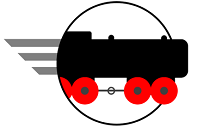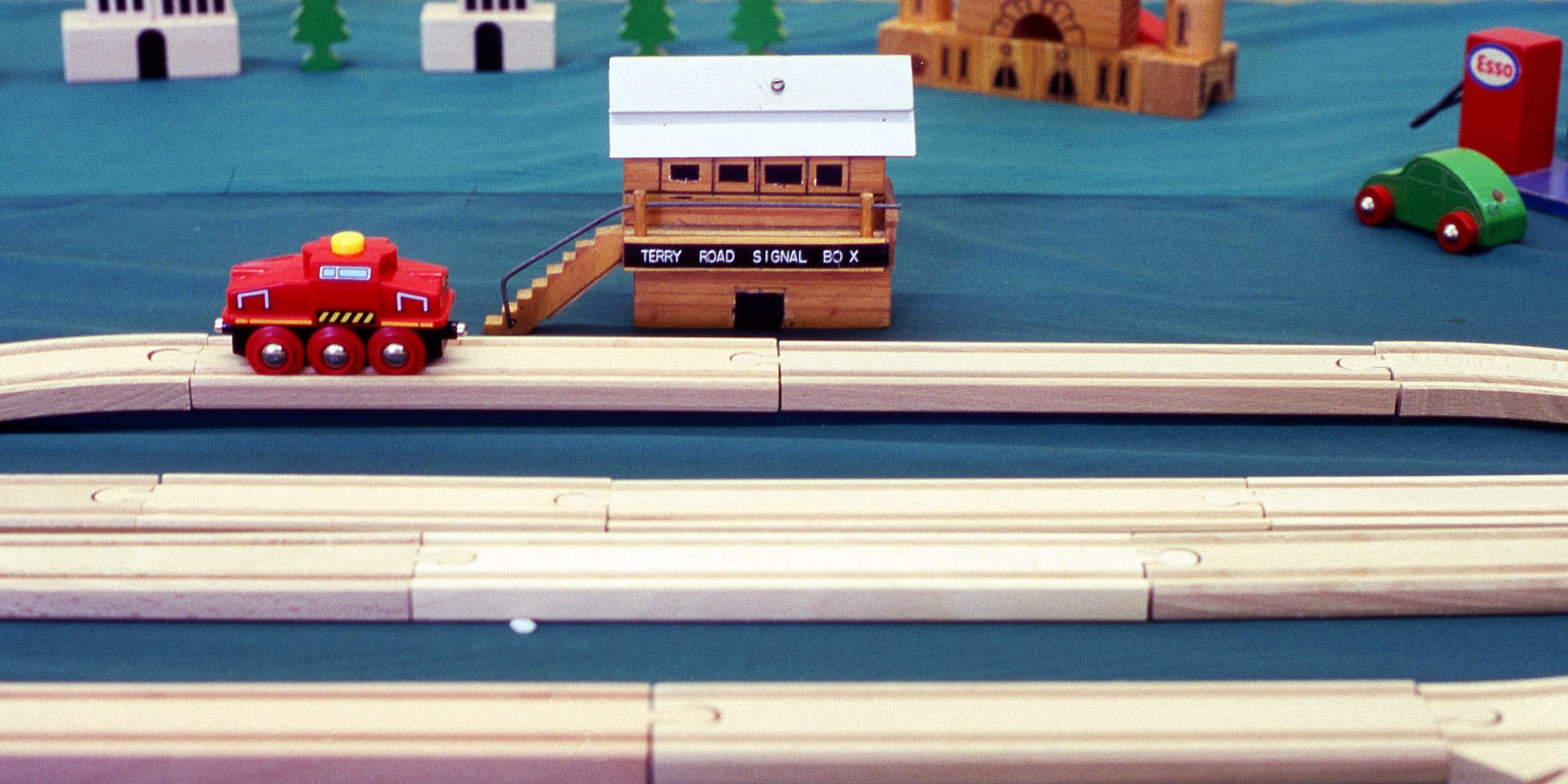
East Moorlands Railway
The East Moorlands Railway was the collection's first ever display layout. It took place at Eastwood, Sydney, Australia in November 2004. The Railway consisted of a main line, suburban line, and branch line, and had 18 stations as well as three yards.
You can explore this layout by clicking on the interactive map below.
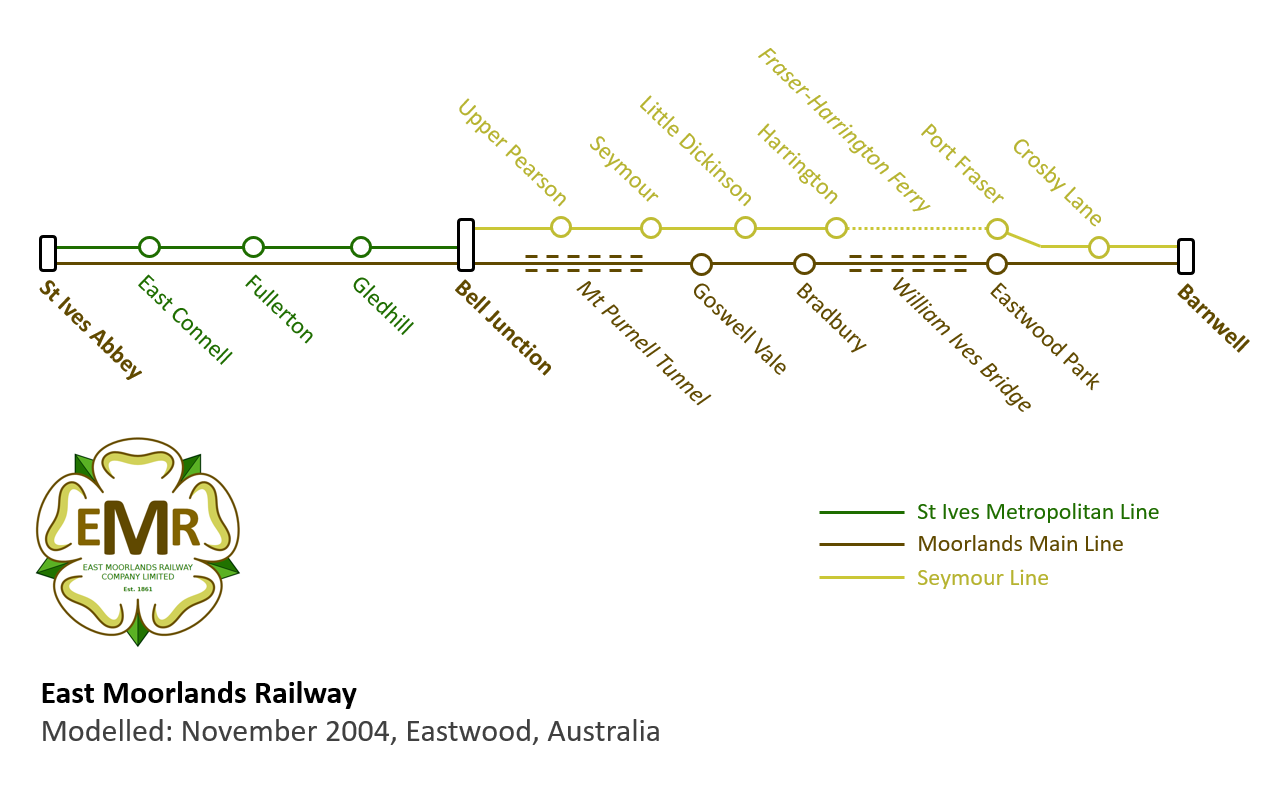
St Ives Abbey
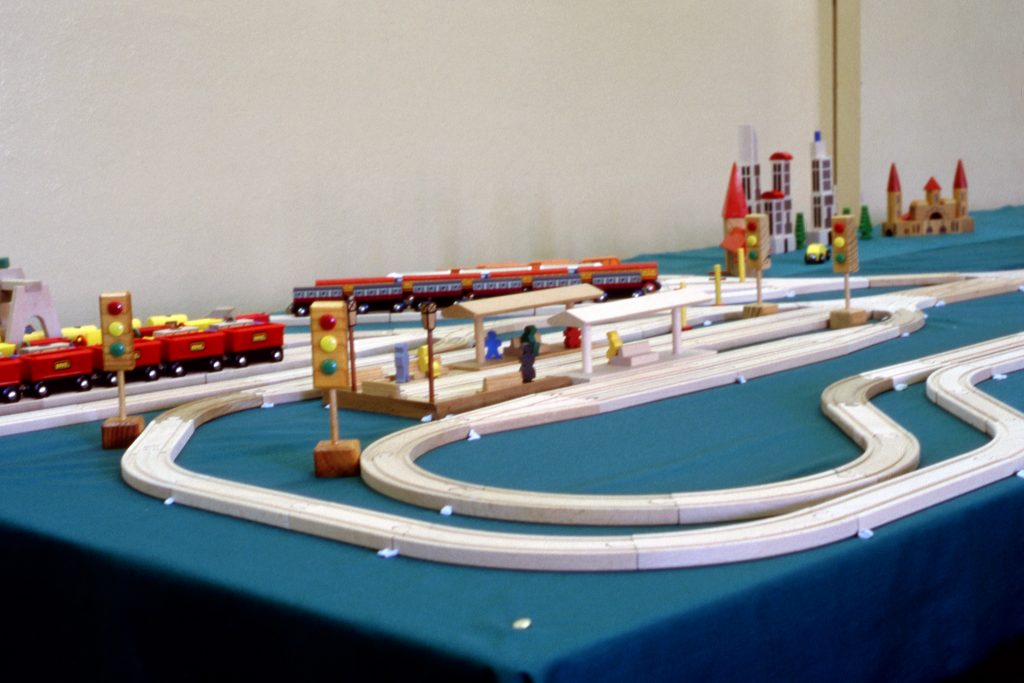
St Ives Abbey is the main terminus of the East Moorlands Railway, with local passenger services departing for all stations to Bell Junction, and main line services departing for Barnwell. Freight trains carrying goods for the metropolitan region also arrive here.
Fullerton
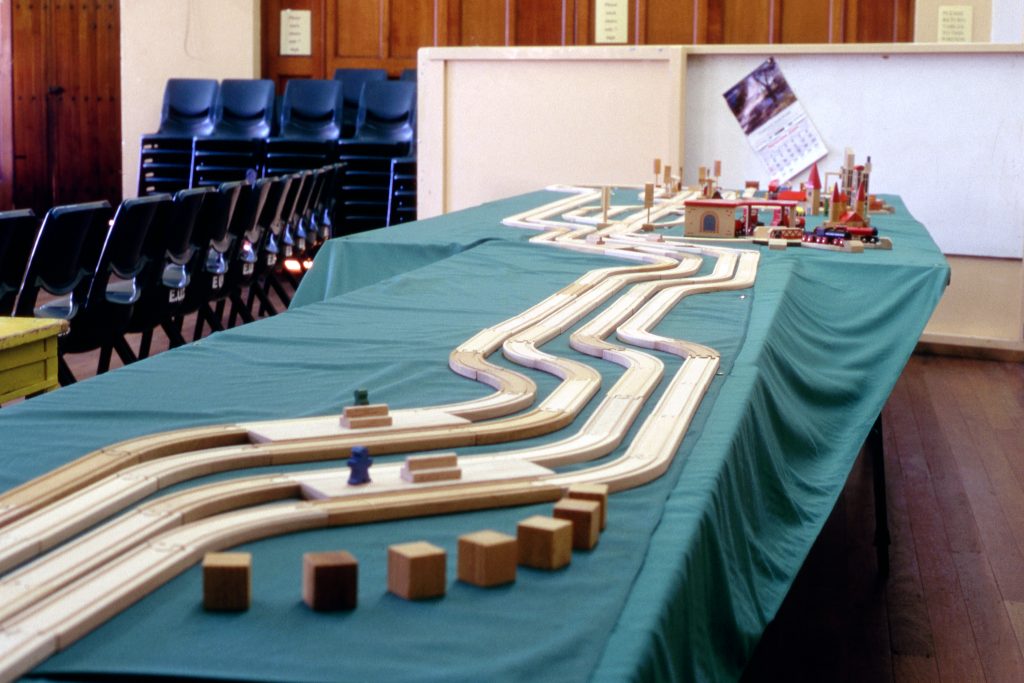
Fullerton is a local station served by St Ives metropolitan trains, which stop at Platforms 1 and 4. Main line passenger services travel non-stop between St Ives Abby and Bell Junction.
Bell Junction
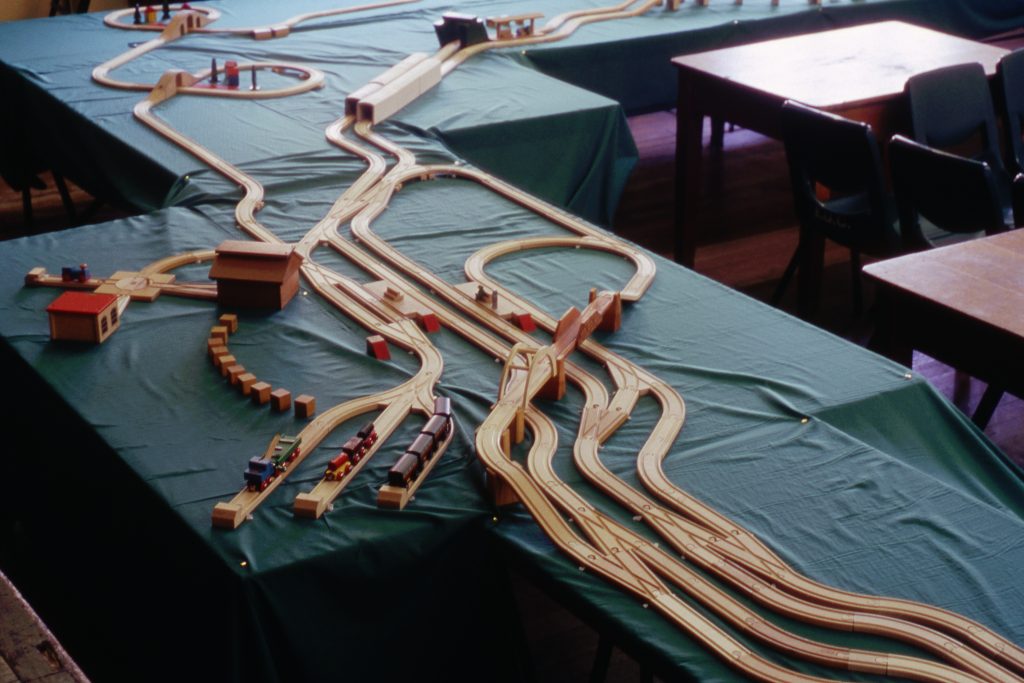
Bell Junction is a major station near the edge of the greater St Ives region. Metropolitan trains from St Ives Abbey use the bridge to cross over the main line before commencing their return journeys from Platforms 1 and 2. In addition, Platform 4 serves the Seymour branch line.
William Ives Bridge
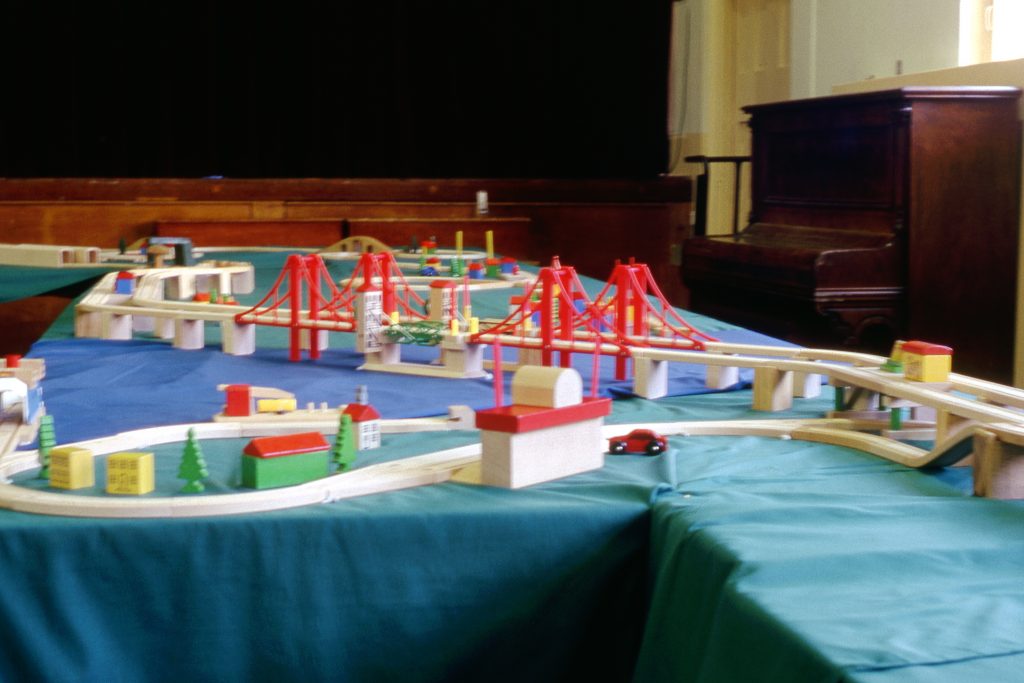
The main line crosses over the Fraser River using the eponymously named bridge designed by Sir William Ives in the late 19th century. The bascule bridges can be opened so that train ferries travelling between Port Fraser and Harrington are able to cross under the main line.
Barnwell
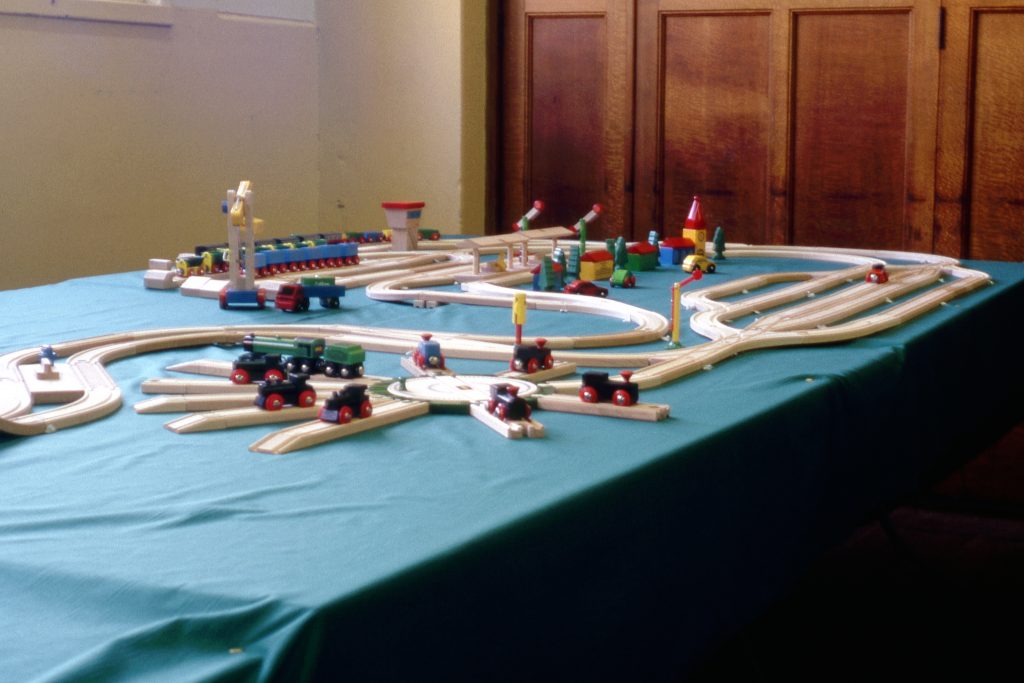
The market town of Barnwell is the final destination of the East Moorlands Railway. The busy hub serves main line passenger and freight trains, and is also the primary terminus for the Seymour branch line.
Seymour
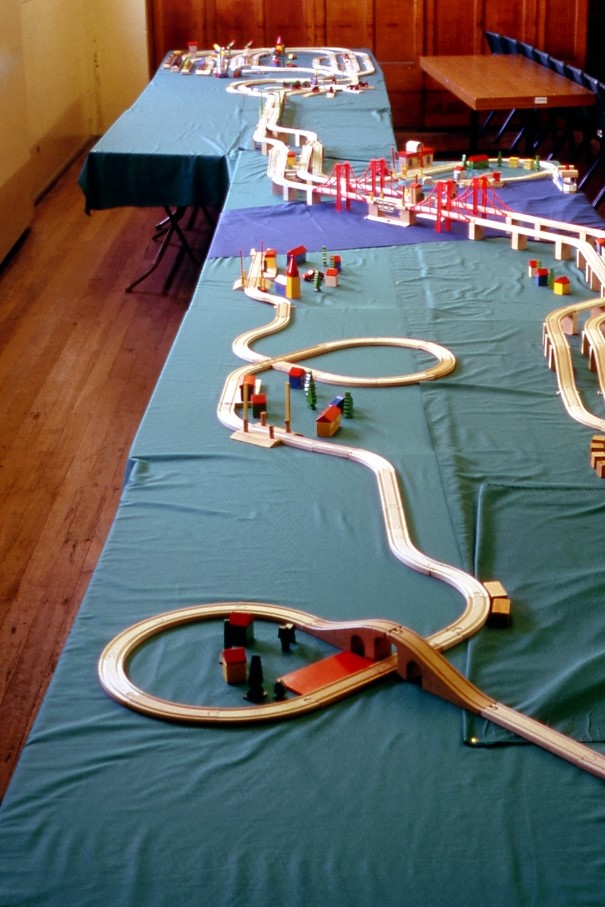
The village of Seymour gives its name to the Moorlands Railway branch line. Following the opening of the Moorlands Main Line in 1883, most trains have bypassed Seymour and its similarly small neighbours, Little Dickinson and Harrington.
